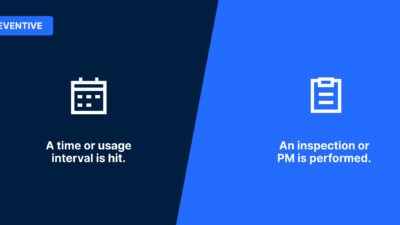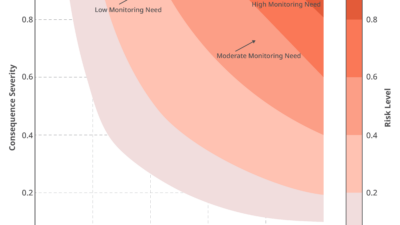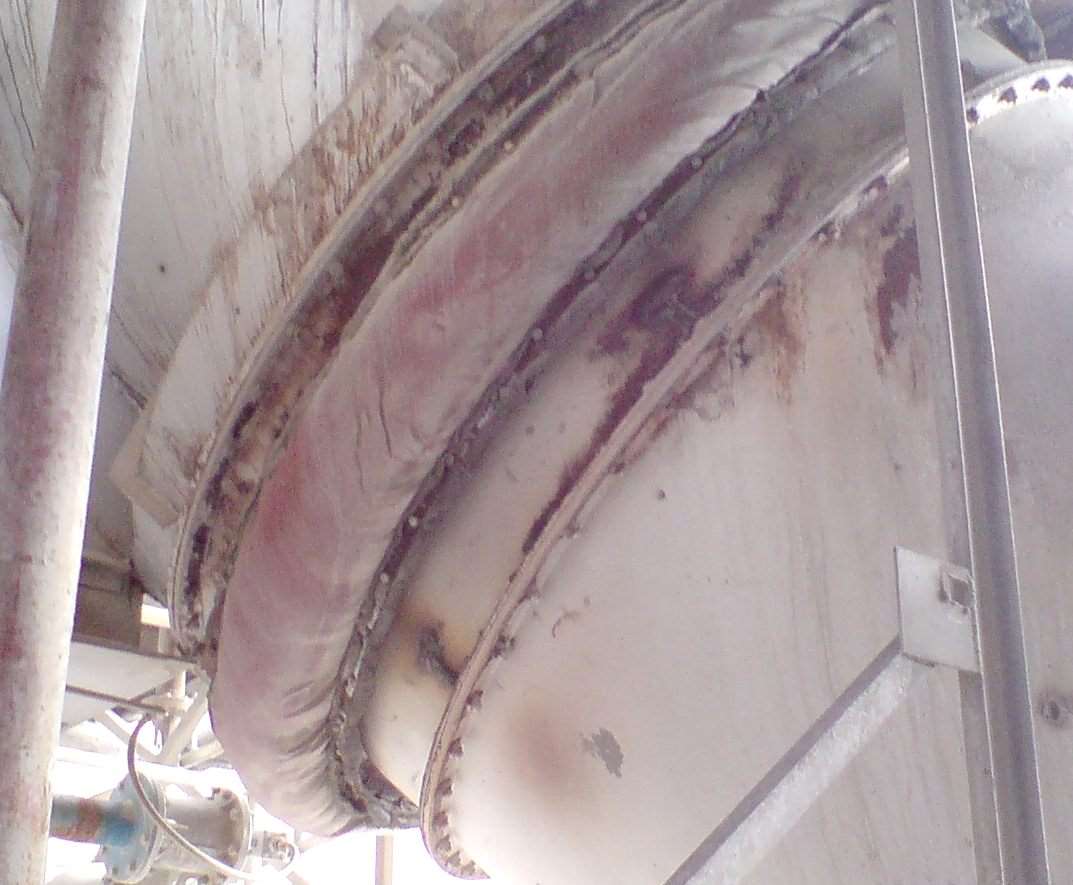Michael Hardy and Ed Garibian answer audience questions on preparatory steps to effectively utilize automation and the cost considerations of predictive and preventive maintenance.

Michael Hardy, vice president of asset management at Bureau Veritas and Ed Garibian, CEO of Llumin, answer audience questions from the Oct. 17, 2023, webcast: “Using software in predictive maintenance.” This has been edited for clarity.
Chris Vavra: What are the preparatory steps an organization needs to take to be able to effectively set up and utilize any software or automation going forward?
Michael Hardy: I think the biggest thing that we have to start with, Ed talked a little bit about this idea of leadership. So if you look at the ISO standard for asset management, ISO 55000, that really starts with top management setting the tone and providing the resources, making the time, is probably the hardest part.
In addition to that, there’s more tactical concerns. So a CMMS doesn’t work very well if it doesn’t have an accurate asset registry with all the details. So you know exactly what equipment is being maintained and there’s no fluff in the system, bunch of stuff that isn’t being maintained anymore. It just takes time, whether again, you can do it in-house or you bring in help from outside. It’s just a necessary step to be able to develop all the data and make the decisions necessary to really set up the technology, whether that’s IIoT or that’s CMMS or whatever it is, there’s a lot that goes into it and that has to be considered at the ground level.
Chris Vavra: Ed, do you have anything you want to contribute to that question?
Ed Garibian: The only other thing I’d add to that would be just that, and Michael alluded to this too, to terms of management of the project or of the initiative, is that just making sure that we’re also going to be accommodating training and optimizing the best practice around the tool so it becomes part of their work DNA, rather than just an add-on. But yeah, everything else is spot on.
Chris Vavra: When it comes to a predictive and preventive maintenance program, is the justification always that there be a cost savings or are there other considerations that should be considered very highly as well?
Ed Garibian: Well, obviously cost is a big one. Because we deal with universities and nonprofits, but still comes down to typically some sort of a cost. I also believe that speed to resolution, I think could be related to cost, but there’s potentially insurance policies against potential labor and skill shortages that a good maintenance practice can mitigate. So it’s not so much sometimes the cost of downtime or the cost of something breaking, it’s also just managing your label and skillsets more effectively. Reputation can also be, depending on the type of organization than it is, reputation can also be a driver. In other words, maybe the cost isn’t, it’s not so much monetary, but it’s potential cost of a violation of some sort, whether it’s OSHA or FDA or whatever. So those are all other drivers. In the end, you could probably monetize all of this, but I do think it’s not just about straight dollars, it’s about other impacts as well.
Michael Hardy: Yeah. I would only add that I think that sustainability and resilience, so essentially those are forms of risk management, but it’s a newer thing that is not in the mix. So it used to be run to failure was a viable strategy, just calculate the cost. If your downtime isn’t very expensive, then it’s fine. But now optimizing the asset lifecycle with a look at its carbon footprint and your scope, 1, 2, 3 emissions, all of these things also factor in now with they’re not strictly cost based. And you may make some decisions that are against a straight calculation because you’re also trying to meet corporate objectives for lots of different reasons.



